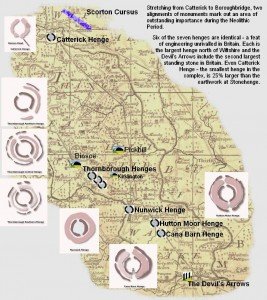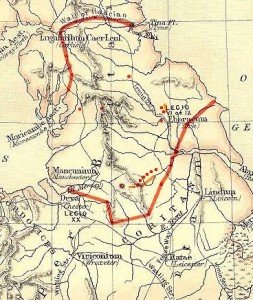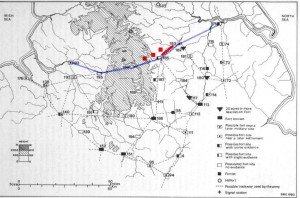Lady Bridge in Tamworth is a historical structure with medieval origins, serving as a testament to the town’s rich past. Initially constructed to span the River Tame, the bridge has undergone several transformations throughout the centuries. The original wooden bridge dates back to 1294.
Category: Articles
Jun 10
Temple Lane Ritual Routeway
Oct 01
The Kingdom of Venutius
Celtic Heads Celtic Head from Witham, 2nd c B.C. (British Museum) “Celtic” carved heads are found throughout the Read more Timeline 60BC – 138AD This timeline is focussed on the British Celtic culture and those cultures which had influence on the British Celts. It Read more Heads at St Michael, Kirklington An analysis of head …
Oct 01
The Gallus Frontier – Brigantia against the Romans
Celtic Heads Celtic Head from Witham, 2nd c B.C. (British Museum) “Celtic” carved heads are found throughout the Read more Timeline 60BC – 138AD This timeline is focussed on the British Celtic culture and those cultures which had influence on the British Celts. It Read more Heads at St Michael, Kirklington An analysis of head …
Sep 27
Vitrified Forts Distribution
Sep 27
Why Vitrify a Fort?
Sep 27
How to Vitrify a Fort
Vitrified Forts Distribution One of the great mysteries of classical archaeology is the spartan worldwide distribution of vitrified forts, except for Scotland and Read more Why Vitrify a Fort? Originally, it was thought that the forts had become vitrified due to an enemy attack. A theory proposed by Childe Read more Classification of Vitrified Forts …
Sep 27
Classification of Vitrified Forts
Archaeologists have suggested ways to organise the very varied “vitrified forts” into formal classes – especially schemes that distinguish forts by how much and what kind of vitrification their ramparts show. Below is a digest of the main classification ideas that have been proposed in the literature and how researchers actually use them in field reports and laboratory work.
Sep 27
L’enigme des forts vitrifies
C’est lors d’un voyage en Ecosse, au cours de l’été 1997, que nous avons entendu parler pour la première fois de forts vitrifiés. C’était au château d’Urqhart, au sud d’Inverness. Les monuments historiques fermant tôt, dans ce pays, nous ne pûmes voir que de loin cette impressionnante forteresse en ruine du XIIe siècle qui domine la rive occidentale du Loch Ness. Nous nous contentâmes juste de faire des photos au téléobjectif depuis le parking et de lire les panneaux retraçant l’historique du site.












